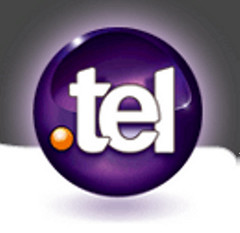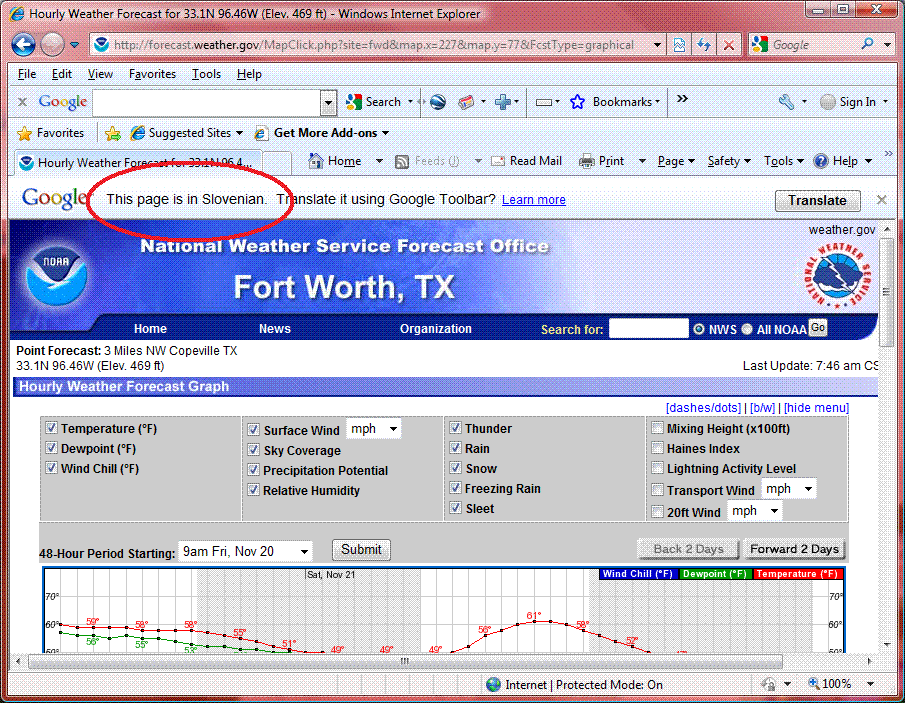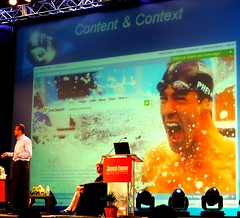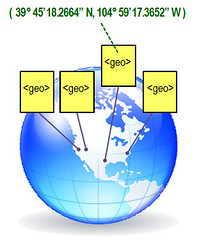
Such is likely to be the case with the .TEL top level domain which launched in March. .TEL, operated by Telnic Limited, is intended to be a sort of domain-based authoritative location for contact information – a sort of grand new evolution of phone directories, white pages, and yellow pages. When you obtain a .TEL domain, you don’t manage it on the servers of your choice, but instead it will generate a site hosted on the Telnic service. Justin Hayward, Communications Director for Telnic, is quoted as saying:
“We consider .tel to be the first global live contact site directory. Once contact details are populated in a .tel, anyone can type a known .tel address into any browser or use keywords that describe the person or business they want to find. Keywords are free so the more keywords that are used and the more descriptive they are, the easier it is to be discoverable.”
On the surface, this all sounds good, but the first problem I see with it is one of adoption: if people know to look for you, they will not be likely to type in a .TEL domain name — everyone looks for .COM. Even if you specifically tell someone about your .TEL URL, you’ll expend extra time explaining that, yes, .TEL *is* a type of web URL, and even then they’re just as likely to type it in as “something.tel.com”, which is operated by Tokyo Electron company, and not the proper Telnic page URL.
This is the exact same issue with .MOBI, which was intended to be used as an authoritative URL for the mobile-friendly versions of websites. Most people don’t know/understand the protocol, so they won’t be naturally typing it in when out and about with their mobile devices (and, .Mobi has the additional downside of creating one-letter-longer URLs, which make it that much more tiresome for someone on a wireless device to type in).
From a marketing perspective, .TEL domains have additional downsides. You don’t appear to be able to control the UI or look-and-feel of the generated contact pages, and slapping on yet another domain can split the effectiveness of your natural search engine optimization work. Links pointing at that additional URL will dribble away portions of the PageRank you could be sending or keeping for your primary domain.
And, how will search engines treat it? As with many of the lesser top-level-domains, they’re likely to be more mistrustful. I see zero toolbar PageRank values for the top-ranking .TEL pages, though this may be due to the domains only getting launched recently. But, their public statements touting keywords (“…Keywords are free so the more keywords that are used…the easier it is to be discoverable…”) and the fact that domainers seem to be excited by having another channel to potentially exploit makes the TLD concerning in terms of potential search engine performance.
Bucking standards in favor of creating your own proprietary one, and flying in the face of established adoption rates in terms of internet consumer behavior are not a good formula for success.
In a very self-serving blog post by Telnic CTO, Henri Asseily, titled, “Why .tel and not a free hcard microformat?“, they seem to also be taking aim against the increasingly popular hCard Microformat standard in favor of .TEL. What’s funny about this is that this is comparing apples and oranges, and Telnic has deployed example domains (see emma.tel, henri.tel) which provide a vCard at the bottom of the pages.
It’s absolutely stunning to me that they took the trouble to provide vCard off of their contact info pages when they could easily also embed all the vCard information into the page itself, using semantic markup! Meanwhile, his blog is suggesting that using .TEL in some way should be done instead of using hCard! And, I totally fail to see the significance of protecting info he’s referring to with privacy settings — are the .TEL pages a publicly-findable directory of contact info, or not?!? It’s disappointing that they wouldn’t simply incorporate the hCard and thereby gain additional advantage from the special display treatments that Google has begun applying to microformat-enriched pages.
Telnic is partly promoting their service as a way of providing individuals’ and businesses’ contact info on the internet, “even if you don’t have a website”. Ummm… don’t the online white pages and yellow pages already do this?
For companies considering adopting the .TEL for online marketing advantage, you should seriously reconsider. This is not going to become the defacto online standard anytime soon, and expending time playing with this domain is going to take resources away from efforts which are likely to be far more beneficial. At worst, linking to new .TEL domains could also subtract some of your existing PageRank value to little advantage.
The only case in which a .TEL domain could potentially provide advantage is in the case of a project to improve online reputation, if you’re looking for additional webpages to come up in SERPs, helping you to push down some sort of negative content which may be ranking for your brandname. However, there are a lot more social media sites, business profile pages, and additional strategies which you should be employing in that case, and the unproven nature of .TEL sites in organic search rankings relegate use of the new TLD to the bottom of your list of possible online reputation weapons.





